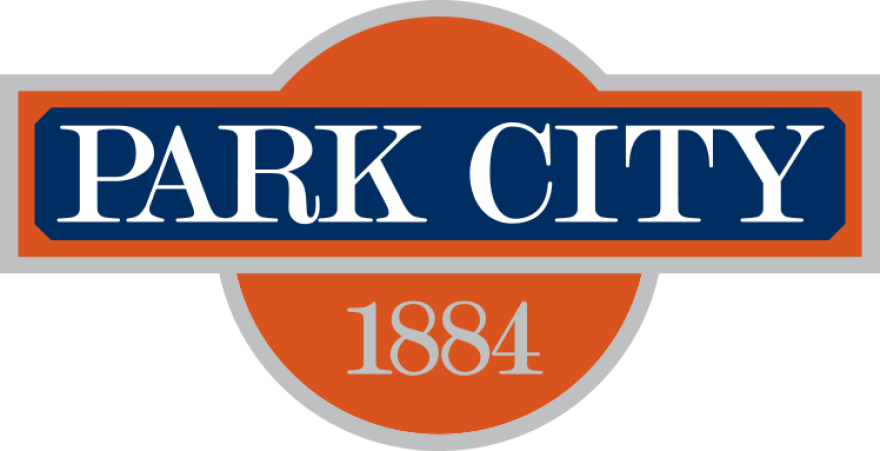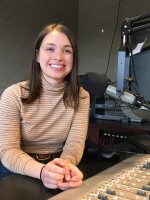Before the Park City and Summit County Councils work to sort out their differences around transit at a Feb. 5 meeting, the Park City Council will try to answer a few questions, such as who does Park City transit serve; what is the city’s responsibility in accommodating regional transit demand; and what governance structure serves the city and county’s needs.
In a recent response to one question, Park City Mayor Andy Beerman has said the bus system prioritizes tourists, to make the biggest impact on traffic congestion. Park City Manager Matt Dias says new information from the Park City transit rider survey will guide the city’s decisions.
“Probably half the people in our system are commuters—they’re workforce, and we're trying to serve them in a way that will help our community mitigate the impacts of the tourism economy," Dias said. "So we're going to really have to move some levers around, and where we shift our money, and who we’re trying to drive into the transit system, so there's going to be really, really instructive kind of data and analytical approaches to guiding the system moving forward.”
The city council will also revisit a goal set last year at its February retreat: reducing vehicles on the State Route 224 and 248 corridors by 25% by the year 2030, bringing cars down from 20 million in 2018 to 15 million. Dias says that goal is pretty lofty.
“I will say, though, we are being aggressive in terms of infrastructure and transportation planning and different modalities," Dias said. "It's not that we're not being aggressive, it's just there's so much happening around us. There's so much growth planned on the Wasatch Back that we want council to be able to consider that there are different ways of maybe achieving their goals, through percentages, through modeshift. It may not all be just vehicle for vehicle or pound for pound.”
Summit County has expressed interest in having more authority in the transit system than it currently does. Dias says the two governments could consider a structure where Summit County oversees regional service, and the municipality has its own city-wide service. But there are other options to consider.
“The benefit for the public is these are extremely complex challenges to solve, and we do this in the public, so they can participate with us and we hope they will.”
The council study session is scheduled for Thursday at 3:45 p.m. at the Marsac Building.





